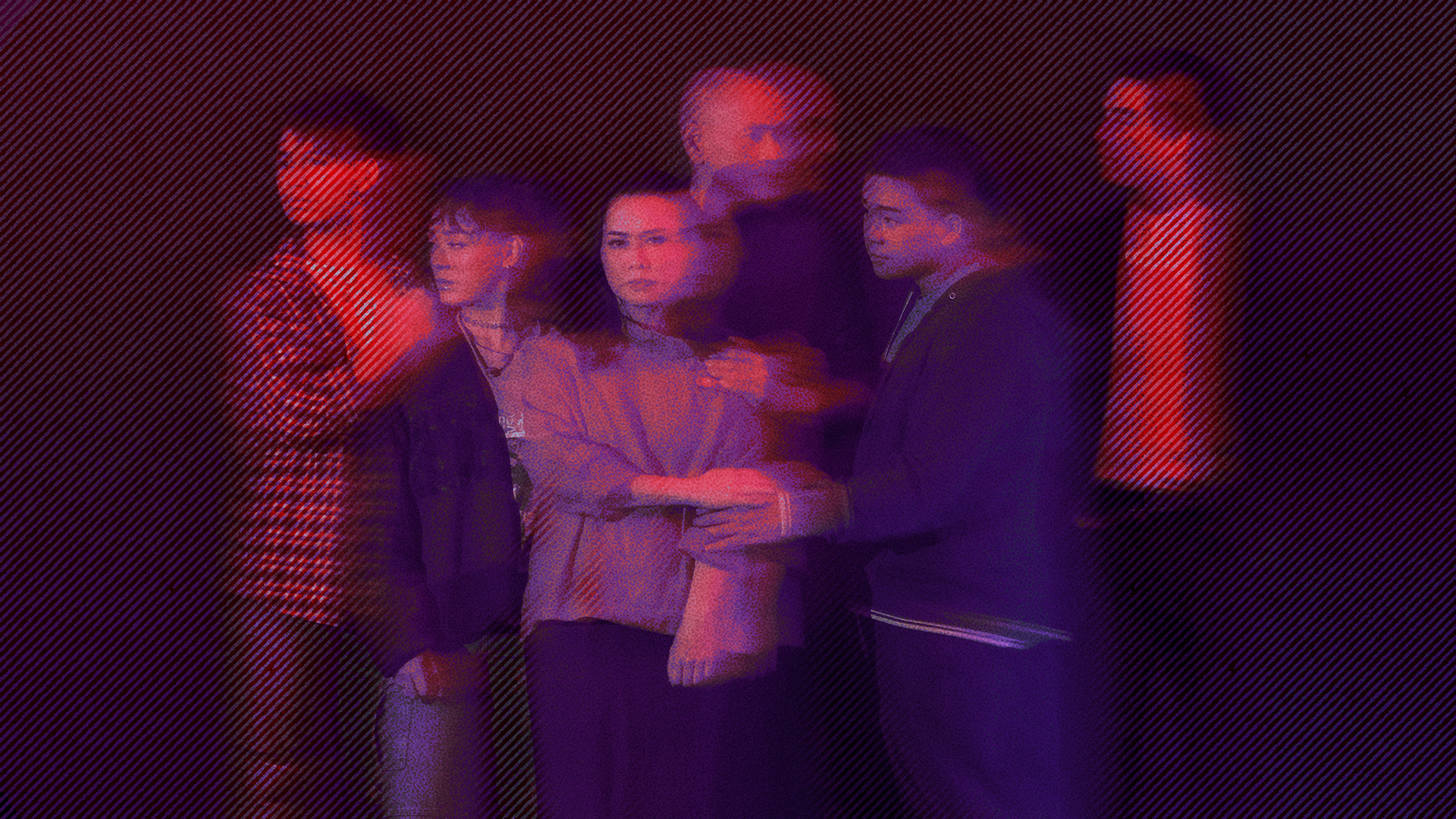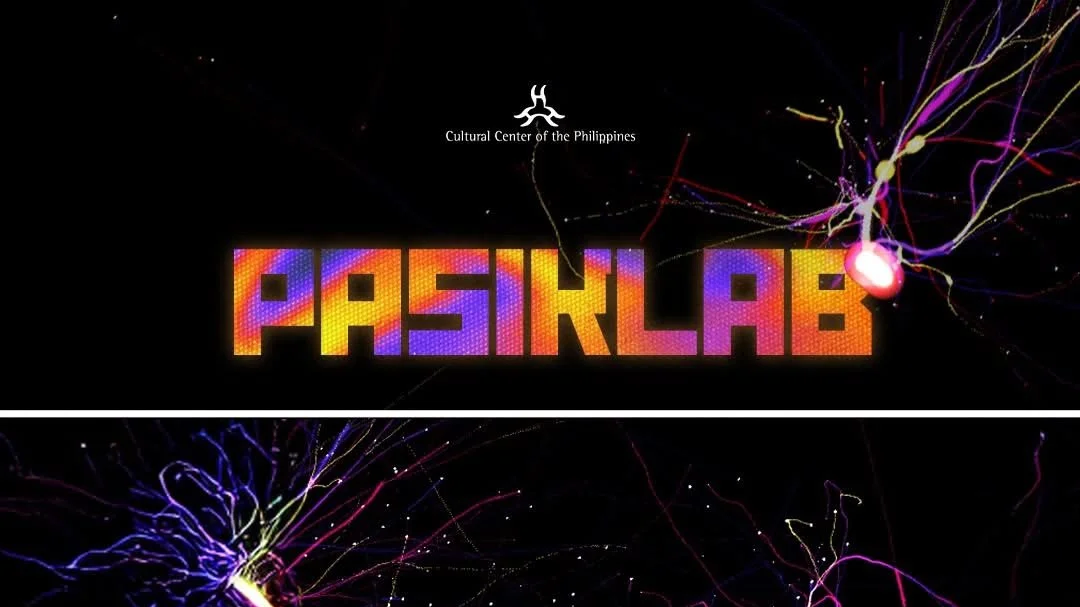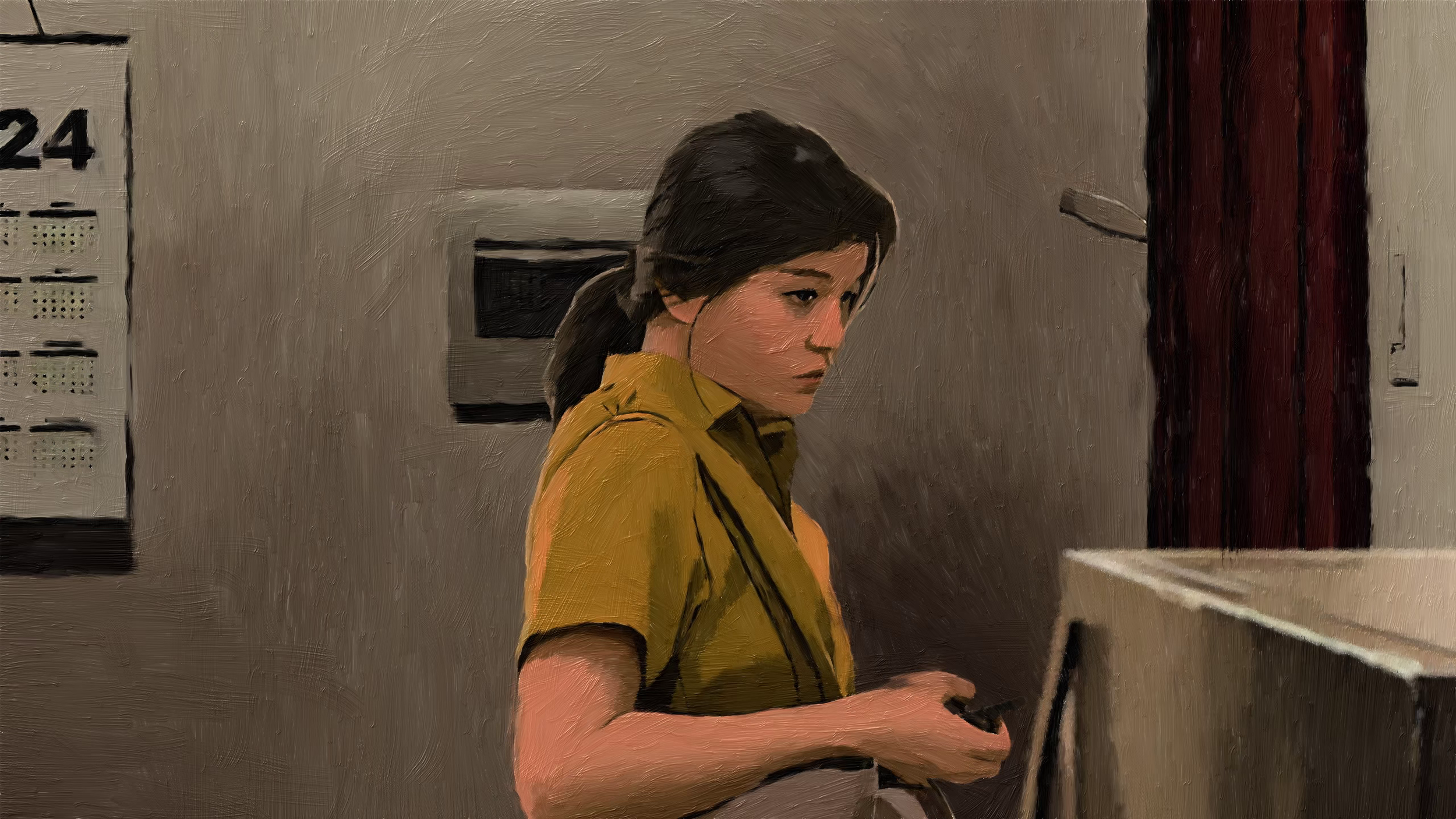The Sandbox Collective’s ‘Next to Normal’: A Portrait of a Filipino Family
The Sandbox Collective’s ‘Next to Normal’: A Portrait of a Filipino Family
Omar Uddin as Henry, Sheena Belarmino as Natalie, Shiela Valderrama as Diana, OJ Mariano as Dan, Jef Flores as Dr. Madden, and Vino Mabalot as Gabe in Next to Normal | Taken from The Sandbox Collective. / Feature art by Abigail Manaluz
Art has always served as a medium for opening conversations surrounding topics that might initially be perceived as taboo. Tom Kitt and Brian Yorkey’s American rock musical Next to Normal fully intends to confront discomfort through its exploration of mental health, trauma, grief, and suicidal ideation. The original 2009 Broadway production won several Tony Awards and a Pulitzer Prize for Drama. Though I’d say the play’s true impact lies in how it has been able to dig deeply into the souls of anyone who stumbles upon this piece of heartbreaking media.
The Sandbox Collective opened its 2025 theater season by bringing back Next to Normal to a Filipino audience, 14 years after its first premiere in 2011. Philippine society and its views on mental health may have greatly progressed since the musical’s first local staging; however, there is still a stigma surrounding mental illness and the approach to its possible treatments. Not only is the current production bearing the weight of a family addressing grief, but there is now also an added layer of depth. For simply existing in a local context, the play carries the burden of discussing mental illness in an environment that is still prejudiced against it—a stigma that may deviate from the musical’s American origins, given the cultural and sociopolitical differences.
Directed by Toff De Venecia, this iteration is inherently Filipino. Led by a Filipino cast and crew, with the intent to be staged for a Filipino audience, the play now subconsciously reflects Filipino values. Psychosocial disability commands itself visible as we witness a Filipino family experience the aftershocks of the struggle with mental illness.
Photo taken by Lance Bersamina
I had the privilege of catching one of the preview nights of the production. With two sets of casts playing the main characters, the show I caught had Shiela Valderrama, OJ Mariano, Sheena Belarmino, and Vino Mabalot making up the Goodman family; while Omar Uddin plays Henry, and Jef Flores is Dr. Madden.
As the lights dimmed and the show began, one of the most apparent things that I immediately noticed was the bareness of the stage. Set in the intimate venue of the Power Mac Center Blackbox Theater, the audience is welcomed into the life of the Goodman family with nothing but the characters’ raw emotions overflowing off the stage and the chairs that signified their presence in the family.
With nowhere else to direct your eyes but the actors on stage, the audience is forced to experience the confrontational discomfort along with the characters. The musical invites us—urges us—to grieve.
Being familiar with the original Broadway production, I was fully aware of what I was getting into the moment I sat inside the theater. But that night it felt like I was experiencing the show again for the first time. The exciting thing about theater productions is how each stage makes it their own; no two shows are exactly the same. This is due in part to the actors being encouraged to cultivate their own interpretation of the roles they play. The 2009 Broadway production had an almost stereotypical all-American family as a façade of the dysfunction happening inside their home. In this production, the Goodman family desperately tries to uphold Filipino resiliency.
Photo taken by Lance Bersamina
Taking on the substantial role of Diana Goodman, Shiela Valderrama is vulnerable as a mother struggling with bipolar disorder. Her performance is haunting to say the least. Her Diana is a woman stuck between who she once was, who she is, and who she fails to be. It’s evident she wants to be a good mother and a good wife; she wants to be good to her family. That desperation persists even when she is not good to herself, her shifting perspectives and instability deliver a powerful depiction of how difficult dealing with mental struggles can be.
Diana’s struggle with finding the perfect treatment reflects the Philippines’ still-developing mental health services. Often people who seek mental healthcare are provided with limited options, and there is no guarantee that any of those would work efficiently for the patient. With the lack of overall accessibility to these kinds of services and the prevalent stigma when it comes to treating psychosocial disabilities, she becomes a victim of the system she seeks help from.
Photo taken by Lance Bersamina
OJ Mariano as Dan is the face of resiliency. He continuously tries to set himself up as the rock that his family can lean on. He is caring and as loving as they come, but he is also tired. From a Filipino perspective, Dan reflects the negative side effects of resiliency: negligence. He is not only a neglect to his family, but a neglect to further understand his wife’s mental state. He often opts for the most straightforward solution presented to him, failing to consider the long-term effects it could have on him, on Diana, and on their family. He is well-meaning, but also misinformed. He sets his eyes forward, pushing the family to continue to function in the midst of Diana’s unstable stature. Though in doing so, he forgets the importance of acknowledging the past.
Sheena Belarmino transforms into a hurting daughter in Natalie Goodman’s shoes. Reflecting the mannerisms and impulsivity of the Filipino Gen Z, Natalie pushes herself to achieve great heights as a cry for help. Self-sufficient and terrified, she carries the burden of inheriting her parents’ pain. Between Diana’s frazzled behavior and Dan’s illusion of normalcy, Natalie acknowledges her family’s dysfunction from the start. She simultaneously suffers from the wish for approval, acknowledgment, appreciation, anything from her parents—from her mother, especially—and the fear of ending up like them. Natalie is the poster child of generational trauma and how mental illness can become hereditary. In many ways she is a reflection of her mother, and her relationship with Henry being parallel to her parents’ relationship is a recurring theme in the play.
Lastly, Vino Mabalot’s Gabe was a performance that stood out to me. I was already familiar with Next to Normal even before this local staging. My impression of Gabe has always been this haunting figure imbued with life. He has always felt eerie to me, and his intense presence makes you wary of him from the start. But this Gabe Goodman is different. Mabalot’s version is more somber; instead of being hungry for life, he yearns for it. Gabe is a teenage boy longing for a reality that he could have had. He’s a boy coming into himself and realizing his place in his family and in the bigger world around him. This Gabe is filled with love and desperation and, much like his sister, desires to be acknowledged. This is a shift that I enjoyed as it offers a fresh take on Gabe’s nature, and by extension, adds another layer to Diana’s view of her children.
Photo taken by Loreta Arroyo
With the conversation on mental health still continuously progressing in the country, Next to Normal offers an honest portrayal of what dealing with mental illness can look like. How these unseen disabilities can actually materialize as cracks in a family’s relationship: it’s Diana’s discarded pills, it’s Dan’s feigned ignorance, it’s Natalie’s substance abuse, and it’s Gabe’s, well, existence. They are not just visible; they are tangible, physiological even. And as the country navigates a more multifaceted view of mental health, this stage revival aids that conversation by presenting a scenario where struggles like these can often manifest—in the embrace of a Filipino family.
Intimate, confrontational, brutally honest, and most of all necessary, The Sandbox Collective’s Next to Normal invites the audience to witness a portrait of a Filipino family where the characters are stripped down to their most vulnerable selves. A highly acclaimed musical has been revived and adapted into a production that is uniquely their own—one that is both universal and deeply Filipino.
Next to Normal is having its limited run from February 1 to 23, at the Power Mac Center Spotlight Blackbox Theater. Tickets are available on Ticket2Me at https://ticket2me.net/event/22075.






















